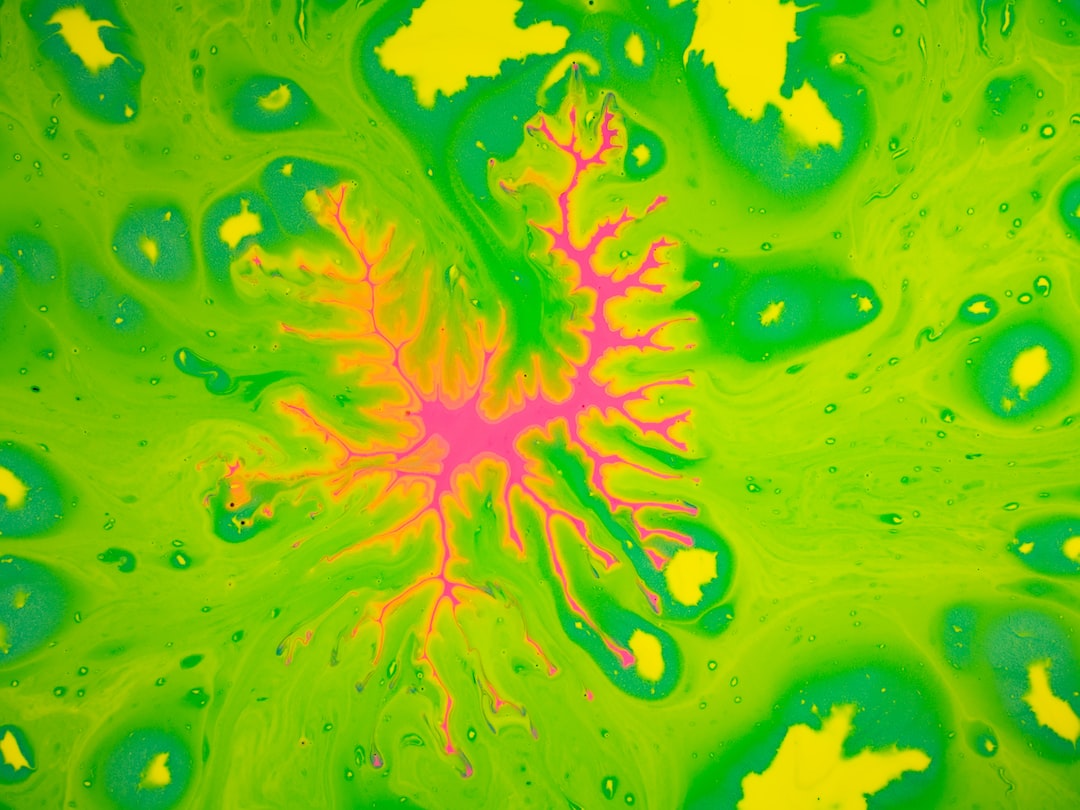Art has always been a powerful medium for expressing ideas, emotions, and stories. Throughout history, artists have used their creative talents to provoke thought, challenge norms, and bring attention to important issues. One of the most significant roles that art can play is in promoting social change. In this blog post, we will delve into the ways in which art can influence society and inspire positive transformation.
Firstly, art has the unparalleled ability to capture the human experience and evoke empathy. Through various mediums such as painting, sculpture, photography, and performance, artists can depict the struggles, joys, and triumphs of individuals and communities. These visual representations have the power to connect people from different backgrounds and foster a sense of shared humanity. By showcasing human stories, art can shift attitudes and break down stereotypes, ultimately promoting inclusivity and understanding.
One striking example of art’s role in promoting social change can be seen in the works of the Mexican artist Frida Kahlo. Through her vibrant self-portraits, Kahlo explored themes of pain, identity, and feminism. She used her art to challenge societal expectations and advocate for women’s rights. Kahlo’s paintings provided a voice for marginalized groups and inspired a generation of female artists to express themselves freely. In this way, her art served as a catalyst for social change.
Furthermore, art can serve as a platform for marginalized voices that are often unheard in mainstream society. It allows individuals to express their unique perspectives and shed light on social and political issues that may otherwise be ignored. This is particularly evident in street art and graffiti, which often emerge from marginalized communities. Street artists have the power to reclaim public spaces and transform them into platforms for political expression. By addressing topics such as inequality, racism, and poverty, these artists are able to spark conversations and raise awareness about urgent social issues.
Banksy, a renowned anonymous street artist, has utilized his work to challenge societal norms and draw attention to global injustices. His thought-provoking and often controversial images have been displayed on walls across the world, effectively captivating audiences and forcing them to confront uncomfortable truths. Banksy’s art raises important questions about capitalism, consumerism, and political corruption, ultimately encouraging viewers to question and analyze the world they live in.
In addition to giving a voice to the marginalized, art also has the power to bring communities together and mobilize collective action. Through art festivals, exhibitions, and public installations, artists can create spaces for dialogue and engagement. These events not only provide individuals with an outlet for self-expression but also cultivate a sense of belonging and collectivity. By creating a shared experience, art instills a sense of responsibility and empowers communities to work together for positive change.
One example of art’s ability to mobilize society can be found in the “Black Lives Matter” movement. In response to police brutality and racial inequality, artists across the United States have used various art forms to raise awareness and demand justice. From powerful murals to captivating performances, these artists have harnessed the power of art to create a sense of urgency and inspire collective action. Their work has allowed the movement to transcend physical boundaries and reach a global audience, sparking conversations and igniting change.
In conclusion, art plays a pivotal role in promoting social change by capturing the human experience, giving a voice to marginalized groups, and mobilizing communities. Through visual representations, artists can evoke empathy, challenge societal norms, and inspire positive transformation. In a world that often seems divided, art has the power to bridge gaps, unite people, and create a shared vision for a better future. Whether through personal expression or collective action, art is a force that can break barriers, challenge injustices, and shape a more inclusive and compassionate society.

